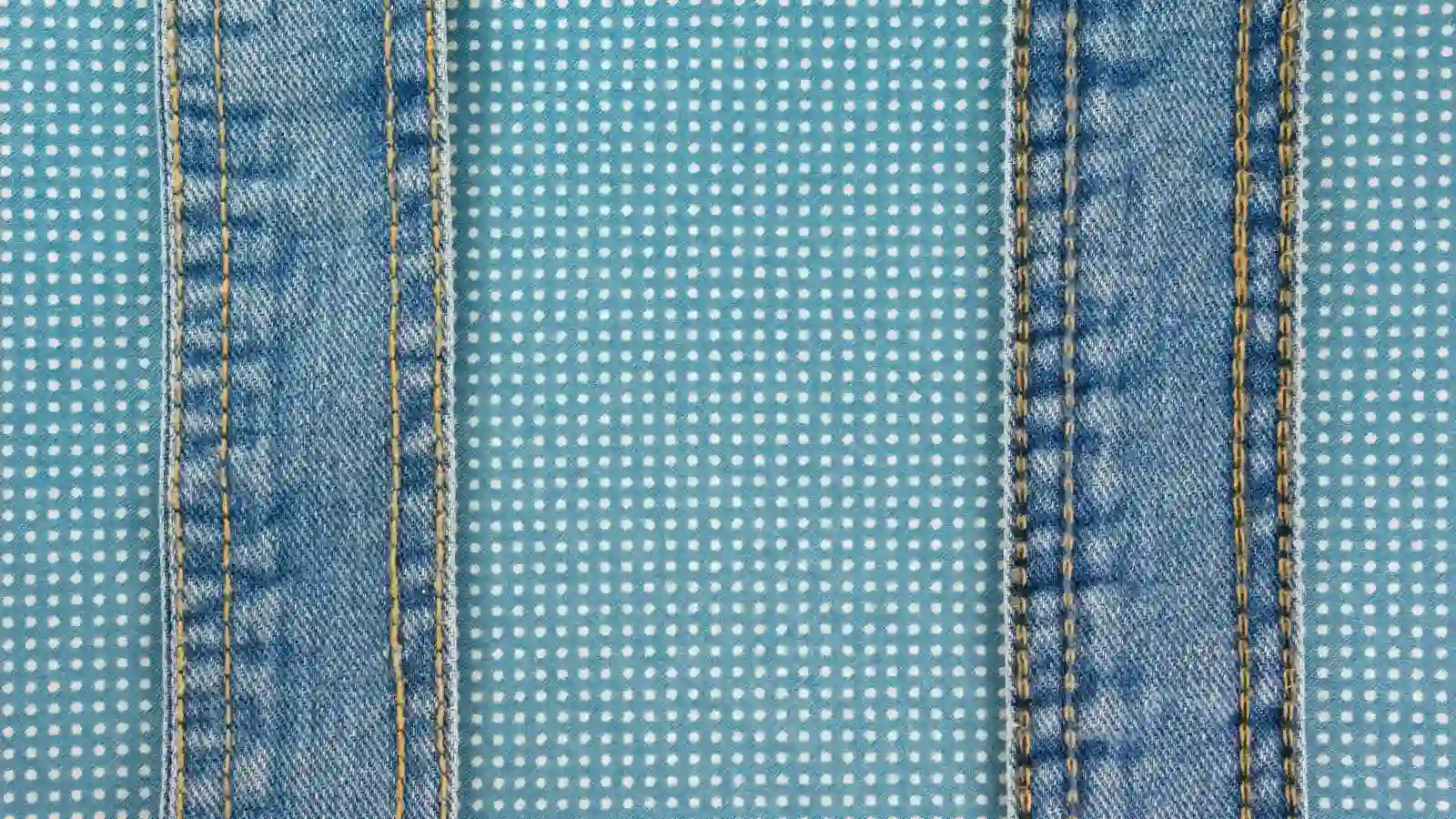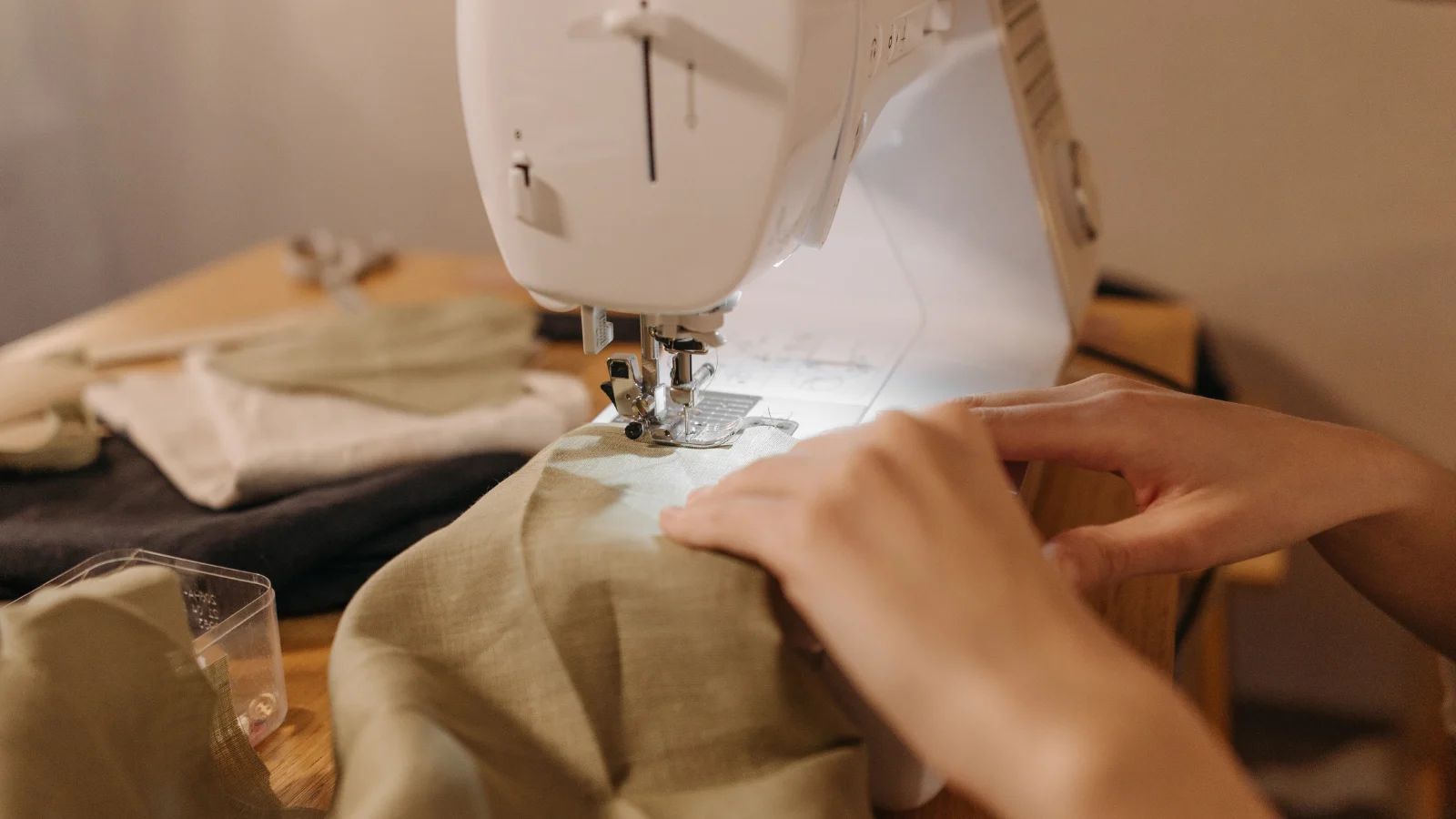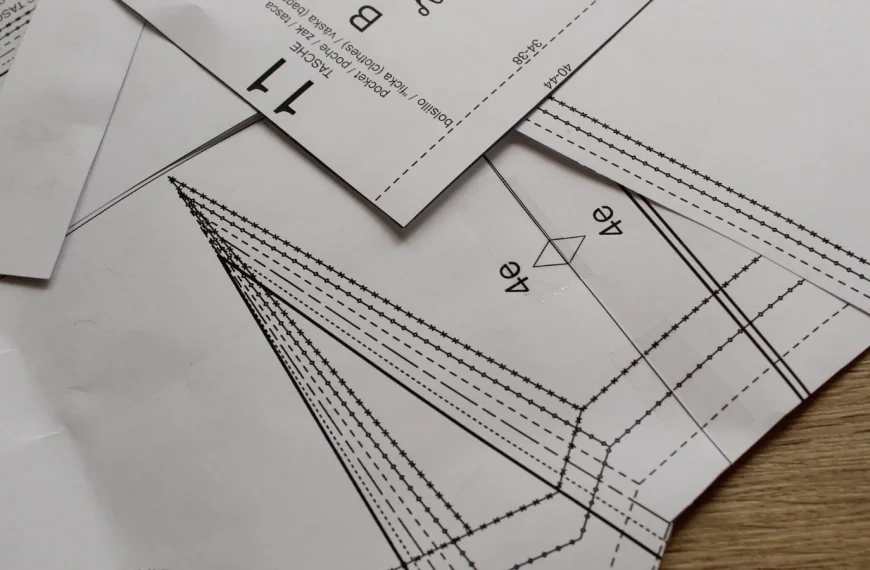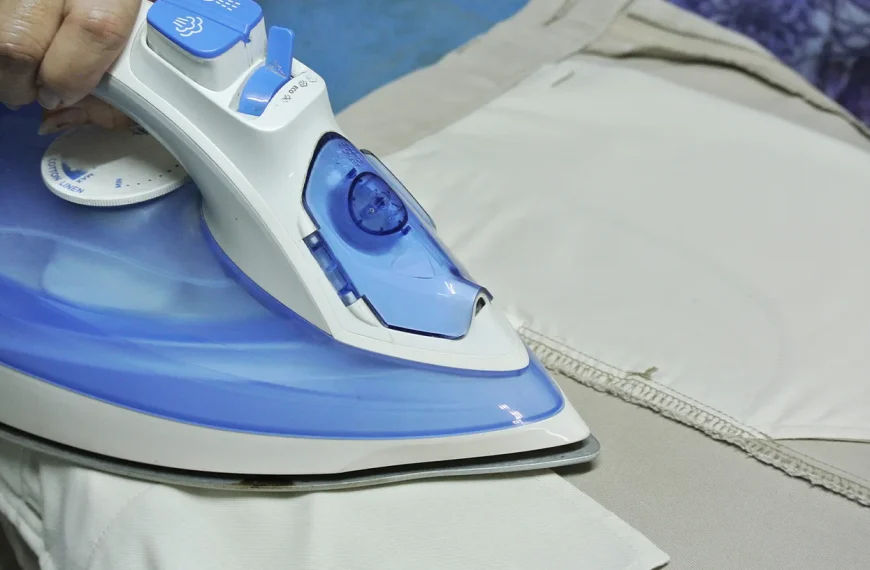Navigating the world of stitching is as complex as threading a needle in dim light. Each type of seam stitch has its special purpose and adds charm to the garment. For example, flat-cut seams are durable, while French seams look elegant. There are many types of seams that you can learn.
Are you aware of the key role they play in your sewing project? We will provide you with the knowledge to make better choices in your future projects. After all, isn’t sewing all the details?
Key takeaways:
Depending on the fabric, various stitches are used, such as plain, double-stitched, and French.
Seam stitches play a vital role in providing strength and structure to a garment, affecting its durability and aesthetics.
Binding seams wrap the fabric edges with binding strips, providing a clean and professional finish commonly used in high-quality garments.
Understanding the various types of stitching and their applications is essential to achieving successful sewing projects and creating aesthetically pleasing garments.
What is Seam?

So, what’s a seam? Simply put, it’s the line where two pieces of fabric are joined together through stitching. Sewing involves different seam types, such as open and closed seams, each with its own uses in making clothes.
Introduction of the Seam
In sewing, a seam is essential for a durable and neat final garment. When you sew, the types of seams you select can vary, depending on the fabric, the style of the garment, and the stitch you use. Seams are the backbone of any piece, from the simplest pillowcase to the most intricate gown.
They hold the fabric together, preventing it from unraveling, and give the garment its shape and structure. Knowing the different types of seam stitches will help you make strong and durable pieces that are also beautiful.
Open Seam
When exploring different types of seams, you might find the open seam. This seam shows the raw edges of the fabric for a distinctive look. This particular seam is often employed for decorative purposes or when a raw, unfinished look is sought. It’s a design element in its own right, showcasing the garment’s construction process.
You can create an open seam using various techniques, such as top stitching and zigzag stitching. While the open seam might not be as sturdy as other types, it adds a distinct touch to the finished garment. Understanding the nuances of an open seam will help you make informed decisions in your sewing projects.
Closed Seam
When exploring different seam stitches, you’ll come across the closed seam. This method neatly tucks the fabric’s raw edges within the seam, creating a clean and durable finish. This technique makes sure that there are no visible unfinished edges on both sides of the fabric. This can make your sewing projects look tidy.
Closed seams are known for their durability, contributing to the longevity of your garments. They also offer a professional look, making them a go-to choice for high-quality sewing projects. They lend a polished and finished appearance to your creations. With closed seam finishes, you’re not only assuring strength but also elevating the appeal of your work. Try them out for a neat, durable, and professional look.
Common Types of Seams

You’ve likely come across various seam stitches in your sewing journey. The most common ones you’ll encounter include:
The simple plain seam
The sturdy double-stitched seam
The refined French seam
The durable flat felled seam
The overlapping lapped seam
Each serves a unique purpose, and understanding their applications can significantly improve your sewing projects.
Plain Seam
Unraveling the plain seam, the most basic and versatile type of seam used in garment construction. When creating a plain seam, you begin by placing the fabric together with right sides facing. This ensures that the raw edges are aligned perfectly. You then sew a straight stitch along the edge, maintaining a consistent seam allowance. The allowance is the space between the stitch and the raw edge, and it can change depending on the design of your garment.
The result is a clean, neat finish that’s simple yet robust. The plain seam may be straightforward, but its versatility knows no bounds. It is used in many clothing items, from casual t-shirts to formal attire.
Double-stitched Seam
A robust double-stitched seam is a powerful technique. It is usually used to strengthen heavy-duty garments like jeans and workwear. It involves sewing the seam twice, providing an extra layer of strength and durability. This seam type is a testament to the importance of tension management in sewing.
To understand more about the double-stitched seam, consider the following:
This technique involves sewing the seam twice to enhance its durability. So it is one of the strongest seams.
This seam is a staple in the construction of heavy-duty garments.
The double-stitching doesn’t just add durability, but also a unique visual appeal.
It’s perfect for areas of high tension, preventing unraveling.
Double-stitched seams offer both style and substance, combining aesthetics and functionality.
In essence, the double-stitched seam is a practical, attractive choice for robust clothing items.
French Seam
French seams are a type of enclosed seam. It hides the raw edges within the seam itself, creating a clean, polished finish commonly used in high-end and couture garments. French seams are ideal for soft fabrics like chiffon and silk when sewing. They’re perfect for preventing fraying and achieving a neat appearance.
You’ll create them by sewing the wrong sides together first, then trimming, folding, and sewing right sides together. This technique encases the raw edges, providing a professional look. French seams are best for light fabrics where you don’t want seam allowances to show.
Flat Felled Seam
The flat felled seam is a strong and long-lasting type of seam. It is commonly used in making denim jeans and workwear. It is suitable for thick fabrics. It’s a testament to durability, designed to withstand heavy use while maintaining a professional finish. Here’s what makes this type of seam stand out:
It neatly encases raw edges, providing a clean look.
It’s created by folding one fabric edge over another, then top stitched for reinforcement.
Its strength and durability make it ideal for garments that require extra toughness.
It’s a classic construction method, offering both functionality and aesthetic appeal.
It’s commonly used in denim, a testament to its robustness.
The flat felled seam combines resilience with elegance, creating a seamless and durable finish.
Lapped Seam
The lapped seam brings its own unique strengths to the table, especially when dealing with medium to heavyweight fabrics. As you delve into garment construction, you’ll find the lapped seam to be a trusty ally.
Folding one fabric edge over another creates a strong and neat joint. The lapped seam is particularly advantageous for fabrics that have a tendency to fray due to its strength. It’s frequently used in tailored garments and outerwear, providing a clean finish that speaks of your sewing prowess.
Welt Seam
Use a robust welt seam stitch for heavy fabrics like denim or leather because it is durable and strong. Known for its resilience, this professional stitch is ideal when you’re aiming for a polished look. Here’s why:
They’re perfect for hard-wearing items like jackets or bags.
The seam is concealed between the fabric layers, giving it a clean finish.
You’ll find welt seams in upholstery, where they stand up to heavy use.
The seam allowance is typically wider in a welt seam, providing stability.
Finally, their professional appearance makes them a top choice for high-quality garments.
Improve your sewing projects by mastering the welt seam technique.
Bound Seam
Let’s explore the elegance and functionality of bound seams, another popular choice in the world of sewing. This type of seam is known for its clean finish, achieved by enclosing the raw edge of the fabric within a binding strip. It’s a guide to achieving a professional look, particularly for delicate fabrics.
Bound seams not only prevent fraying but also add a decorative element to your garment. Yet, they require precision and attention to detail. Bound seams, like bias-bound seams, are durable and create a polished edge. It is a popular choice for high-quality and tailored clothing. Truly, bound seams are a testament to the art of sewing.
How to use Seams in Sewing Garments

In sewing clothes, different types of seam stitches are important for joining fabric layers and preventing unraveling. The type of seam you use is key to the garment’s function and appearance.
Remember:
Different types of seams fulfill different purposes.
The side seam, among others, influences fitness and structure.
The seam you choose affects the garment’s durability and style.
Your choice of seam depends on the fabric type and desired finish.
Understanding seam types aids in creating quality, attractive garments.
Knowledge of these principles ensures the success of your sewing project.
Conclusion
Understanding the difference between multiple seam stitches is key to enhancing your sewing projects. Whether you’re crafting a chic dress or a sturdy bag, the right seam stitch can boost both appearance and durability.
From robust double-stitched seams to refined French seams, each has a unique role. So, don’t underestimate the power of a well-chosen stitch. With this knowledge, you’re now equipped to select the perfect seam stitch for your project.
Learn more sewing tips on Longan Craft Blog! Dive into the fabric world with Longancraft!






